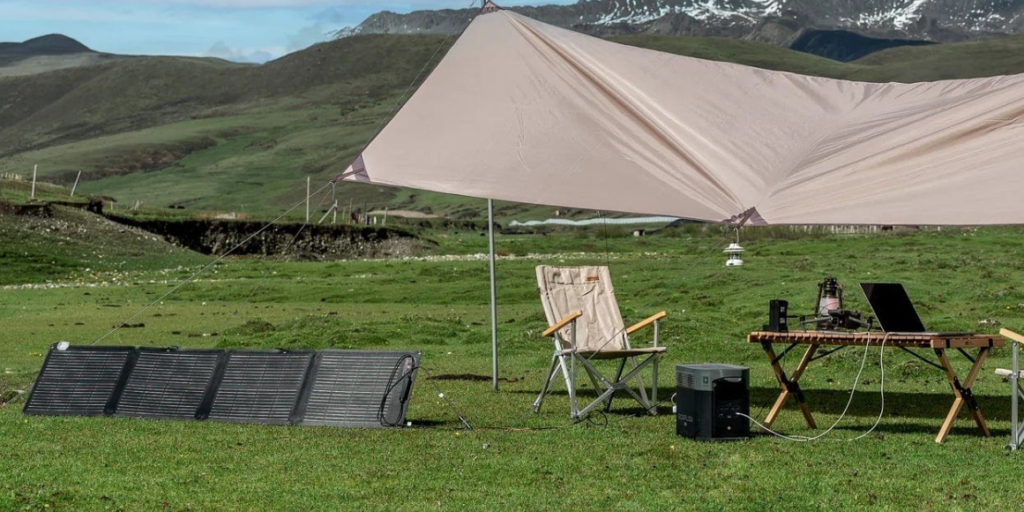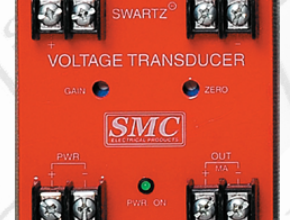Solar Panel Maintenance: Tips for Longevity

Solar panels are a significant investment, providing clean and renewable energy. Regular maintenance is essential to ensure they operate efficiently for many years. Proper upkeep helps maximize energy output and protect your investment. Neglecting maintenance can lead to performance issues, reducing the effectiveness of your solar power system. This guide offers essential tips for cleaning, inspecting, and addressing environmental factors affecting your solar panels. Additionally, we discuss when to seek professional maintenance to keep your system functioning optimally.Whether you have a residential or commercial solar setup, maintaining it correctly not only improves efficiency but also helps in meeting long-term sustainability goals. Regular attention to your system ensures you’re getting the maximum return on your investment while minimizing the risk of unexpected repairs.
Understanding the Importance of Regular Maintenance
Regular maintenance of solar panels is crucial for maintaining high efficiency and extending their lifespan. Dust, dirt, and debris accumulation can significantly reduce the panels’ ability to absorb sunlight, impacting their performance. Even a light layer of dust can reduce energy output by up to 5%, while heavy soiling could result in losses of 20% or more.
Consistent cleaning and inspections help identify potential issues early before they become significant problems. These can include cracks in the panels, loose wiring, or water ingress—all of which can compromise safety and functionality. Regular upkeep also ensures that the warranty terms are met, avoiding any disputes with the manufacturer. Some warranties require documentation of regular maintenance, so keeping records is also beneficial.
Essentially, routine maintenance translates to better energy production and financial savings over the long term. Plus, it contributes to a more sustainable lifestyle by ensuring your panels continue producing clean energy efficiently.
See also: Green Technology: Innovations for a Sustainable Future
Cleaning Your Solar Panels Effectively
When and How Often to Clean
Cleaning frequency depends on your local environment and weather conditions. Generally, solar panels require cleaning once or twice a year. However, if you live in a particularly dusty area, or near construction sites, frequent cleaning may be necessary. Regions prone to wildfires or high pollen counts may also require more attention.
It’s best to clean early in the morning or late in the evening when the panels are cool. Cleaning during high temperatures can cause water to evaporate quickly, leaving residues. Also, cooler surfaces are safer and easier to clean thoroughly without risking thermal shock or injury.
Safe Cleaning Techniques and Tools
When cleaning, prioritize safety. Use a ladder securely and wear gloves. If your panels are installed on the roof, consider using a harness or hiring a professional. Avoid abrasive tools or harsh chemicals that could damage the panels’ surface. A soft cloth, sponge, or a brush with soft bristles paired with soapy water is effective for cleaning.
A garden hose can be used to rinse off the panels, ideally with filtered or deionized water to prevent mineral buildup. Avoid high-pressure washers as they could damage the delicate components of the system, including seals and wiring. If you’re unsure about how to clean your panels properly, consider hiring a solar cleaning specialist.
Routine Inspection and Monitoring
Visual Checks for Damage and Debris
Regularly inspect your solar panels for any signs of damage or debris. Look for cracks, scratches, or discoloration, which could indicate underlying issues. Broken glass or frame corrosion can significantly reduce efficiency and even pose safety risks.
Check for leaves, bird droppings, or other debris that could obstruct sunlight. Nesting birds or pests can also interfere with wiring. Ensuring the panels are clear of any obstructions is vital for optimal performance. Make a habit of visually inspecting the panels at least once a season or after major storms.

Monitoring System Performance Metrics
Use a monitoring system to track your solar panel performance metrics. These systems help you detect performance dips that might indicate malfunctions or issues requiring attention. Modern systems offer real-time monitoring via apps or dashboards, making it easier to spot irregularities.
Familiarize yourself with the system’s expected output to recognize any significant deviations. If your energy production suddenly drops, it could be a sign of panel damage, inverter issues, or shading. Regular monitoring allows for timely intervention, maintaining your system’s efficiency.
Addressing Environmental Factors
Managing Shading and Obstructions
Shading from trees, nearby buildings, or other obstructions can significantly impact the efficiency of solar panels. Even partial shading on one panel can affect the output of the entire array, depending on how it’s wired.
Regularly trim any foliage that casts shadows on the panels. If new structures are being built nearby, ensure they won’t cause shading issues. It’s also important to clear any accumulated snow, leaves, or dirt that could block sunlight. Consider using anti-reflective or self-cleaning coatings to help reduce buildup from environmental contaminants.
Preparing for Seasonal Challenges
Different seasons bring varying challenges. In winter, snow and ice can cover panels, reducing their effectiveness. Gently remove snow with a soft-bristled broom. Avoid using sharp objects or hard tools that could scratch the surface. During autumn, falling leaves can accumulate, so frequent checks are essential to avoid blockages.
Be aware of pollen in spring and dust in summer, both of which can necessitate more frequent cleanings. Also, keep an eye out for mold or mildew in humid regions, which can slowly degrade panel materials if left unchecked.
Professional Maintenance and Support
Sometimes, professional maintenance is essential. Hiring experts ensures thorough inspections, as they have the tools and knowledge to identify and address issues the untrained eye might miss. Professional services can include detailed cleaning, electrical system checks, and performance diagnostics.
Regular professional check-ups, ideally annually, help in maintaining peak system performance. They can also provide you with a detailed report that can be useful for warranty claims or energy audits. Ensure the service provider understands your specific system needs and adheres to the manufacturer’s guidelines.
Additionally, some solar providers offer maintenance plans that include regular inspections and priority service. These plans can be a worthwhile investment for peace of mind and consistent performance.
Conclusion
Proper maintenance is key to ensuring your solar panels remain efficient and have a long lifespan. Regular cleaning, inspections, and addressing environmental factors can significantly enhance performance. Monitoring the system and seeking professional help when necessary ensures any issues are promptly handled.Following these tips will help you make the most of your solar power investment, promoting sustainability while saving on energy costs. With just a little attention throughout the year, your solar energy system can serve you efficiently for decades to come.




